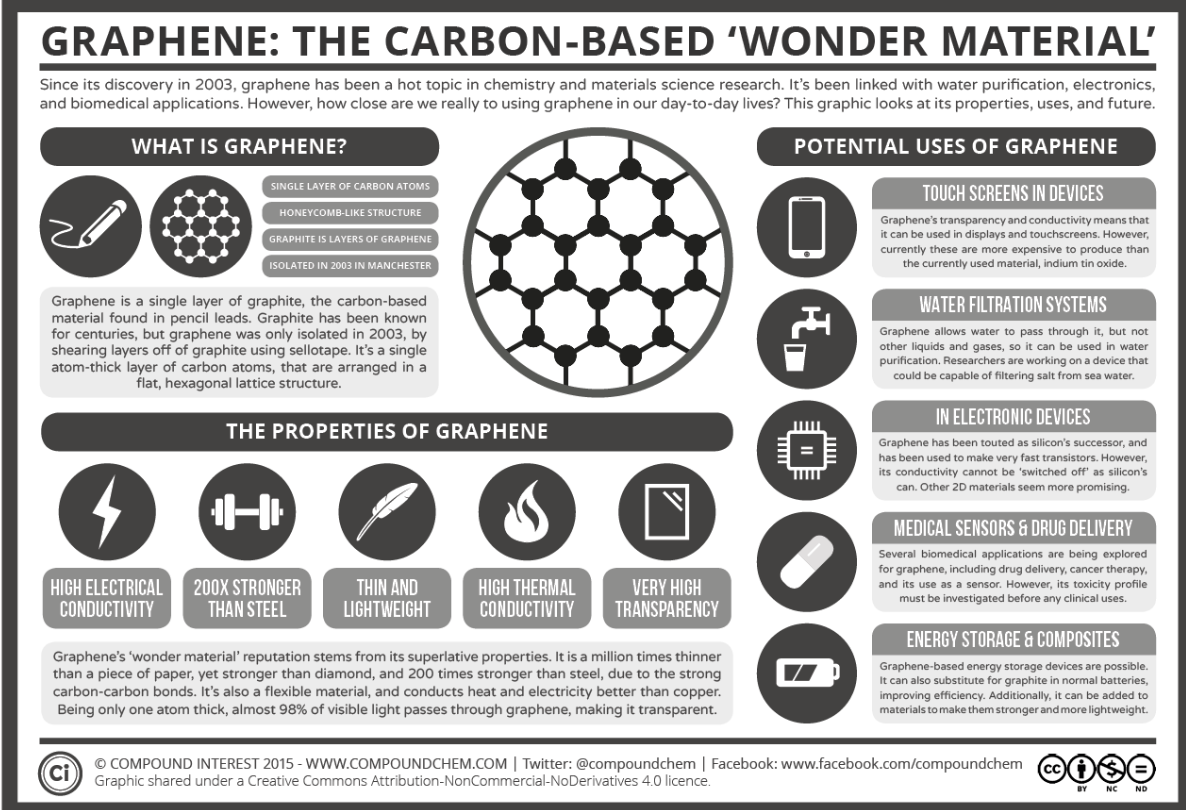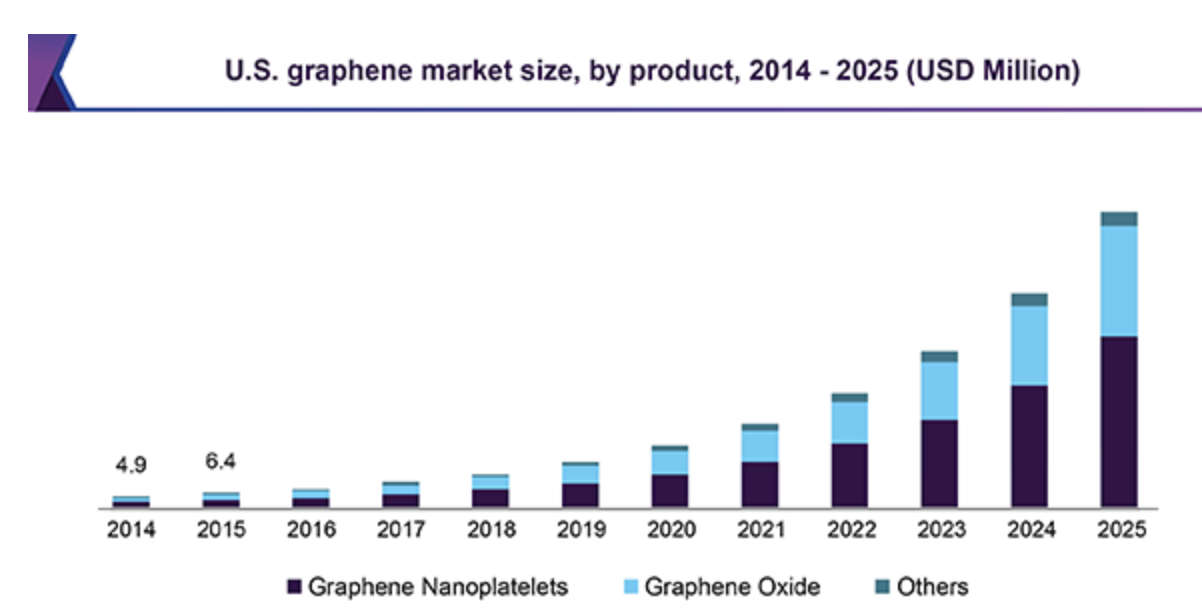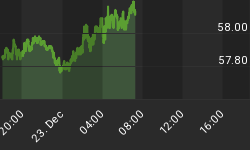They say the best things come in small packages ... That’s the reason why the discovery of graphene by two Manchester University professors 15 years ago sent chemists, physicists and engineers the world over into euphoric spasms.
Once hailed as a single-atom wonder nanomaterial that would forever alter the tech and manufacturing landscape, the graphene ardor has cooled off somewhat, and now a new element has emerged to challenge carbon’s nanosphere hegemony. University of Leeds scientists have created a new form of gold just two atoms thick--the thinnest unsupported gold ever created by man.
The new material, christened ‘gold nanoseaweed’ due to its shape, measures a mere 0.47 nanometers thick, equivalent to a millionth the thickness of a human fingernail. The two-dimensional (2D) material consists only of surface atoms with no packing atoms in between. It actually resembles its namesake in color as well, appearing green due to the reflected and transmitted light properties of thin sheets of metal.
Potential applications
Scientists are already licking their chops over gold nanoseaweed’s potential uses. One of its big draws: researchers are saying that gold nanoseaweed is 10x more efficient than its bulkier cousins.
3D gold nanoparticles have several useful applications within the fields of life and materials science including electronic chip design, manufacture of colorimetric sensors, probes for transmission electron microscopy, therapeutic agent delivery, photodynamic therapy, medical diagnostics, catalysis and even water purification.
Gold is known to be a good catalysts that can accelerate many chemical reactions. What makes it particularly attractive is the fact that it’s a highly inert element that does not easily react with many known chemicals, resists corrosion well, has high electrical conductivity and less harmful side effects than elements like platinum when used in drug delivery and other sensitive medical applications.
With the new nanosheets being just two atoms thick, virtually all atoms are involved in catalytic reactions thus making the process much more efficient. Also, their high flexibility might allow the gold sheets to be used to create electronic inks and even bendable screens.
But perhaps their biggest draw is that creating the super-thin sheets takes up much less gold, an important economic advantage for a precious metal that costs thousands of dollars for a single ounce.
The University of Leeds scientists did not let Science Daily into the actual costs of the final product but have mentioned the economic angle and revealed the nanosheets are created by adding a confinement chemical to chloroauric acid-containing gold and water. The chemical is able to reduce the metal to form a lattice-patterned sheet.
Graphene trajectory?

(Click to enlarge)
Source: CNN Money
Investors who put their money into doomed graphene names like Graphene Nanochem PLC (OTC:GRPEF), Applied Graphene Materials PLC (OTC:APGMF) and Northern Graphite Corp. (OTCQX:NGPHF) will probably prefer to maintain a safe distance from anything nanotech after Wall Street went cold on the sector.
Related: Why Central Banks Are Dumping The Dollar
Graphene’s ground-breaking qualities are actually to blame for the fiasco. Thanks to being the world’s first single-atom nanomaterial with seemingly otherworldly physical properties, scientists and researchers hyped it up too much leading to over-enthusiastic deployment in many untenable commercial applications as pragmatism took a back seat.

(Click to enlarge)
Source: Nanalyze
But with grim reality having hit home and the industry shakeout now looking complete, the outlook for the sector has become bullish once again with revenue growth projections of 38 percent CAGR to $563 million through 2025.
After many misses and lamentably few hits, new graphene breakthroughs such as this one at the Danish funded Centre for Nanostructured Graphene at DTU and Aalborg University are giving new hope to the battered sector.

(Click to enlarge)
Source: Grand View Research
The big lesson here is that for highly speculative and novel technologies like nanotech, the best strategy is to work with the mantra that it’s the quantum of the win and not the number of wins that really counts.
In other words, put your eggs in many baskets and hope to score some home runs that can cover your bad investments.
The gold nanotech technology appears to be more of a tangential improvement on an existing technology rather than the giant leap that graphene was. The fact that the creators have not made any outrageous claims about its potential looks like a good start.
By Alex Kimani for SafeHaven.com
More Top Reads From Safehaven.com:
















